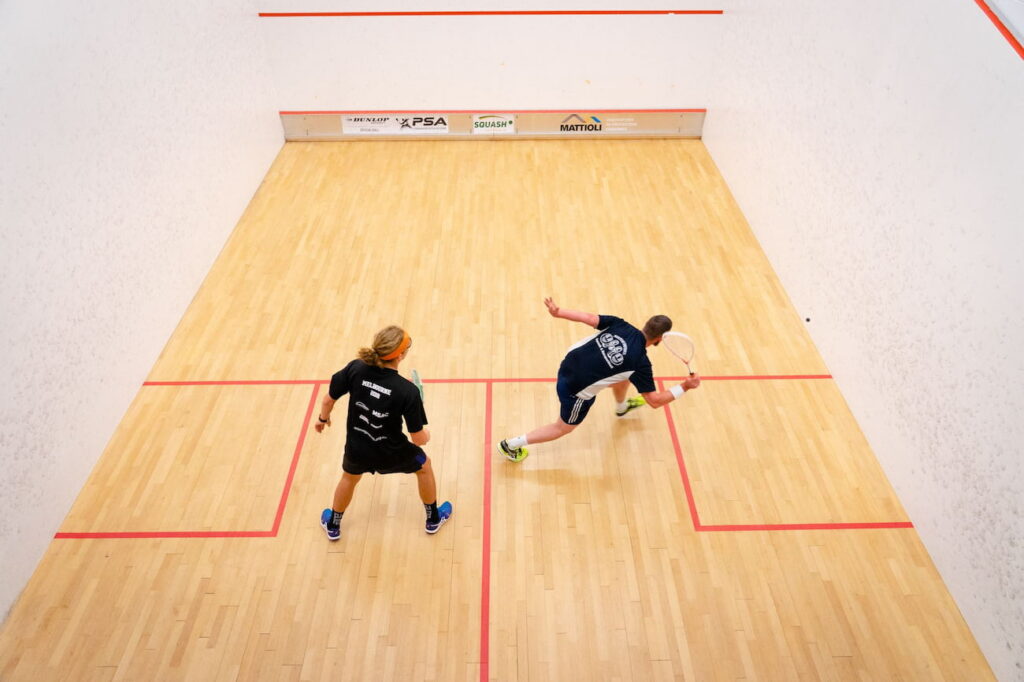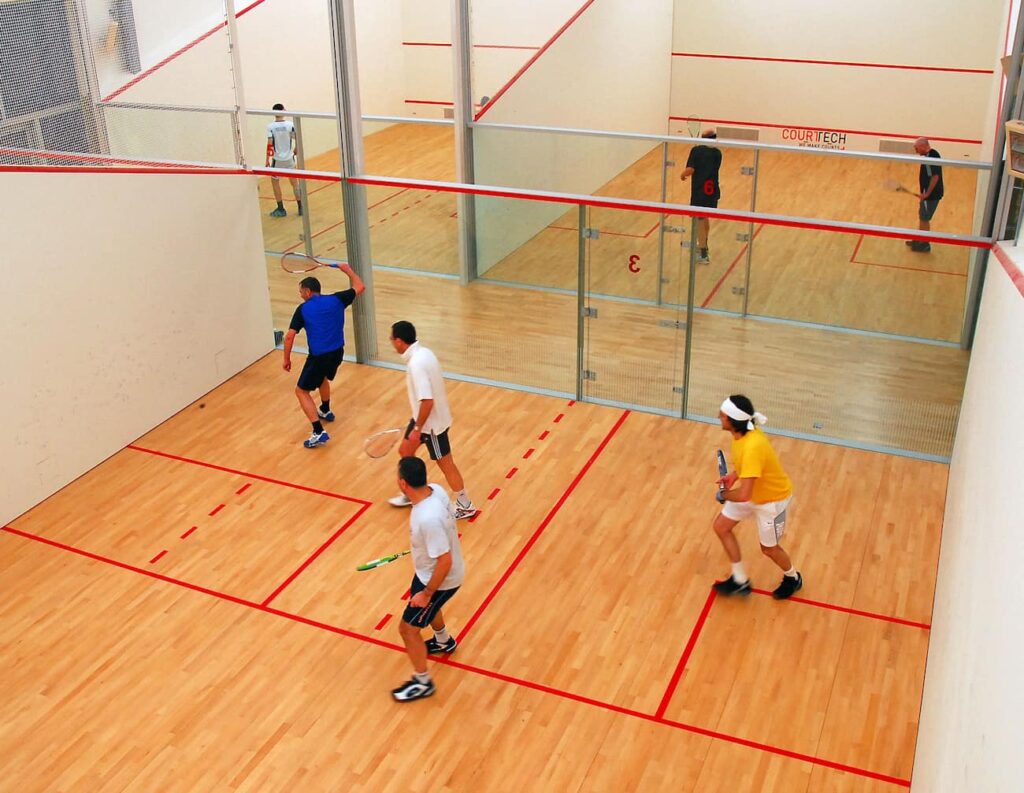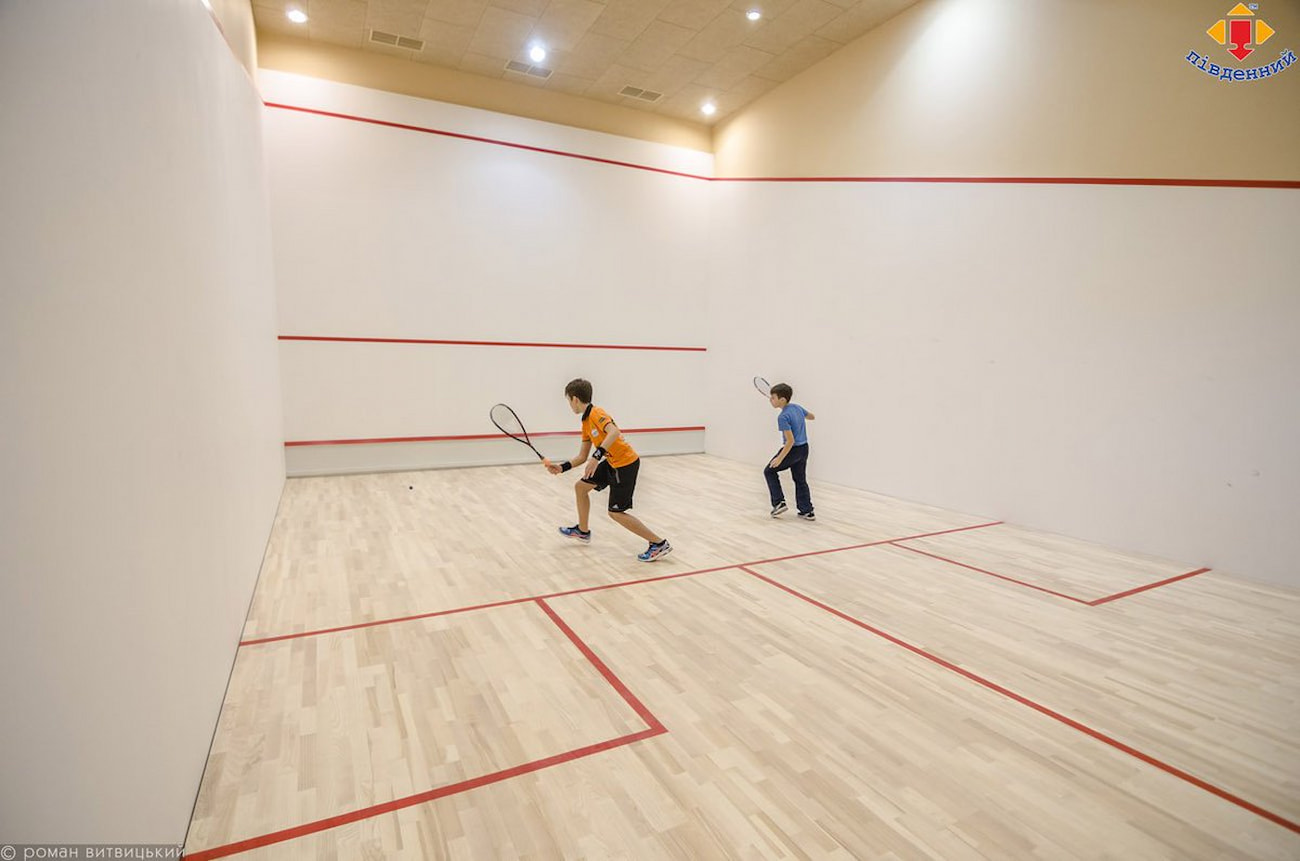Squash, a dynamic and fast-paced racquet sport, has gained popularity worldwide for its intensity and strategic gameplay. Stepping onto a squash court for the first time, understanding the basics is crucial to improve their skills. Here, we will explore everything a beginner should know about squash courts.
Introduction
Squash courts are specialized playing areas designed for the sport of squash. These enclosed spaces feature four walls and a small, rectangular playing area marked with lines that define the boundaries of the game. The unique design of squash courts in Dubai contributes to the fast and dynamic nature of the sport.
Court Dimensions and Markings
Understanding the dimensions of a squash court is fundamental for any beginner. A standard international squash court has a length of 32 feet, a width of 21 feet, and a height of 15 feet. The court is divided into various marked areas, including the service boxes, the tin, and the outline of the court. The tin, a low, metal strip running along the bottom of the front wall, acts as the lower boundary for successful shots. Being aware of these dimensions will help beginners navigate the court effectively during gameplay.
Essential Equipment for Squash
To fully engage in squash, players need specific equipment. The most crucial piece is the squash racket, a lightweight and maneuverable tool that players use to hit the ball. Squash balls come in various speeds, each suited to different player levels. Beginners are advised to start with slower balls to develop their skills before progressing to faster ones. Additionally, comfortable non-marking shoes are essential to ensure proper grip and movement on the court. Investing in the right equipment from the beginning sets the foundation for an enjoyable and effective squash experience.
Basic Rules of Squash
Squash follows a set of rules that govern gameplay, ensuring fair and competitive matches. The game is typically played between two players, although there is also a doubles version. Players take turns serving, and points are scored when the opponent fails to return the ball within the designated boundaries. Familiarizing oneself with these basic rules is essential for beginners to participate confidently in squash matches.
Movement on the Court

Effective movement and positioning are critical aspects of squash gameplay. Players must cover the court efficiently, anticipating their opponent’s shots and responding with well-placed returns. Footwork is a key component, and beginners should focus on maintaining a balanced stance to facilitate quick movement in any direction. Understanding the strategic use of the court, including positioning oneself in the T area (the central part of the court where the service boxes intersect), is crucial for gaining a competitive edge.
Basic Squash Techniques
As a beginner progresses in squash, mastering fundamental techniques becomes increasingly important. Proper grip on the racket, correct stance, and efficient swing are essential elements to focus on during the initial learning phase. Additionally, learning different types of shots, such as drives, volleys, and drops, enhances a player’s ability to respond effectively to various in-game situations. Consistent practice and guidance from experienced players or coaches contribute significantly to the development of these basic squash techniques.
Understanding Scoring and Matches
Squash matches consist of games, and games are won by the first player or team to reach a specific number of points. Points are scored by successfully hitting the ball within the designated boundaries and making it difficult for the opponent to return. Matches are typically best of five or best of three games, depending on the level of play. Familiarizing oneself with the scoring system is essential for tracking progress and understanding the outcome of each match.
Etiquette on Squash Courts
Beyond the technical aspects of the game, squash has a set of unwritten rules and etiquette that players should adhere to. Respect for opponents, fair play, and maintaining sportsmanship are integral to the squash community. Observing basic etiquette, such as allowing opponents fair access to the ball and acknowledging good shots, contributes to a positive and enjoyable playing environment.
Safety Precautions
Prioritizing safety is paramount in any physical activity, and squash is no exception. Before stepping onto the court, players should engage in proper fitness to warm-up exercises. Players should prepare their muscles and joints for the intense movements involved in the game. Stretching, cardiovascular warm-ups, and targeted exercises for squash-specific movements help prevent injuries and enhance overall performance. Additionally, players should be mindful of their physical condition during matches and take breaks when necessary to avoid overexertion.
Joining Squash Communities

For beginners looking to immerse themselves in the world of squash, joining local communities and clubs can be immensely beneficial. These environments provide opportunities for regular play, skill development, and social interactions with fellow squash enthusiasts. Being part of a squash community also opens doors to organized events, tournaments, and coaching sessions, allowing beginners to expand their skills.
Final Analysis
Embarking on a squash journey as a beginner involves mastering not only the technical aspects of the game but also understanding the culture and etiquette that surround it. Squash courts, with their unique dimensions and markings, set the stage for intense and exhilarating gameplay. Equipping oneself with the right gear, understanding the basic rules, on movement and positioning contribute to a solid foundation for improvement. As beginners progress, honing techniques, familiarizing themselves with scoring systems, and embracing the squash community enrich the overall experience. With practice, and a passion for the sport, beginners can find themselves on a rewarding path to becoming skilled squash players.
